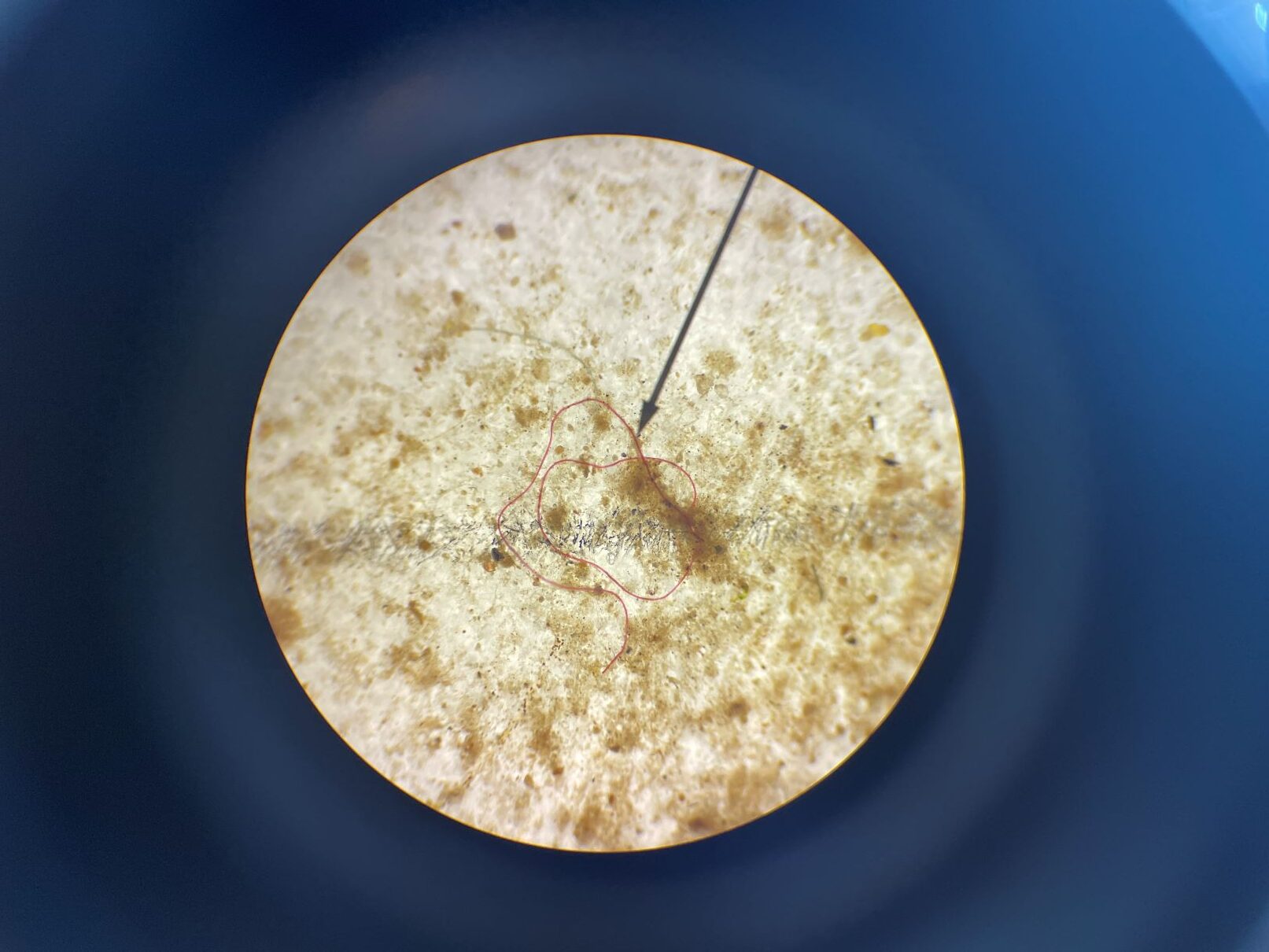Overview of Microplastics Pollution Monitoring Project
In 2021, OFI launched the Microplastics Pollution Monitoring Project, funded by Colorado’s Scientific and Cultural Facilities District (SCFD) to provide a free, classroom-based citizen science program to science classrooms in the Front Range region.
The objective of this project is to obtain a baseline of information about the presence and quantity of microplastics in local waterways. The goal is to learn about plastic pollution and the scientific methods to collect, process, and analyze water samples under the microscope.
We invite you to join us in this important work. Whether you’re interested in participating directly with our team or conducting independent monitoring with our support, your involvement can make a significant difference. You don’t need to be in Colorado to participate—anyone can contribute to this crucial effort. Let’s work together to protect our waterways and the wildlife that depend on them. Learn more information about participating below.
Why are Microplastics a Problem?
Additionally, microfibers—tiny synthetic fibers released from clothing during washing—are an emerging concern, further contributing to the problem.
 Microfibers, in a water sample, as viewed under a microscope. the arrow points two a purple microfiber. Microfibers are a form of plastic pollution that often enters waterways from washing clothing that contains synthetic fibers. Most “technical fiber” apparel is made of fibers that contain plastics.
Microfibers, in a water sample, as viewed under a microscope. the arrow points two a purple microfiber. Microfibers are a form of plastic pollution that often enters waterways from washing clothing that contains synthetic fibers. Most “technical fiber” apparel is made of fibers that contain plastics.
Teacher Resources
For Teachers in Colorado
To arrange a session, email [email protected] with proposed dates, preferred times, the number of classes, student enrollment per class, and your school’s location.
The Program Coordinator will facilitate a discussion on plastic pollution and microplastics with your classroom, followed by a demonstration of the microplastic monitoring procedure and analysis.
For Teachers Outside of Colorado
Download the PDF “Microplastics Lab” to access detailed background information on microplastics and step-by-step instructions for conducting the Microplastics Monitoring Project.
After completing the program, be sure to submit your data to the Citizen Science database—more information is available below.
If you have additional questions about the microplastics program or need support from OFI, please contact us at: [email protected]
You can find the materials needed to perform the program in your school or online as well.
 Water and sediment samples taken from a local waterway. These samples will be filtered and examined under a microscope. The vast majority of analyzed samples include microplastics and microfibers.
Water and sediment samples taken from a local waterway. These samples will be filtered and examined under a microscope. The vast majority of analyzed samples include microplastics and microfibers.
FAQ
How long does it take to complete the project?
The project can vary depending on whether the water sample is collected during class time or beforehand. The project time is about an hour long.
What ages can participate in this project?
The project can be adapted for any grade level. Students of any age can participate in this project.
Why should you and your class participate in this project?
The high connectivity of water means that even a landlocked state can have an impact on waterways further downstream and even into the ocean.
How to add microplastic information to the Citizen Science database?
General Access and Navigation of the Database

